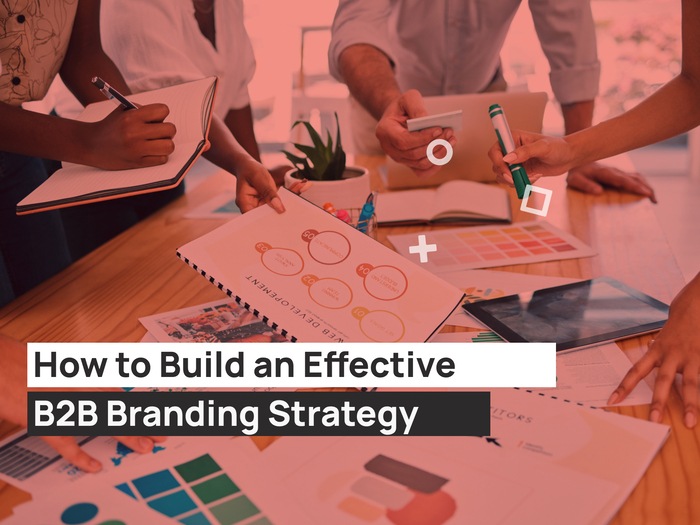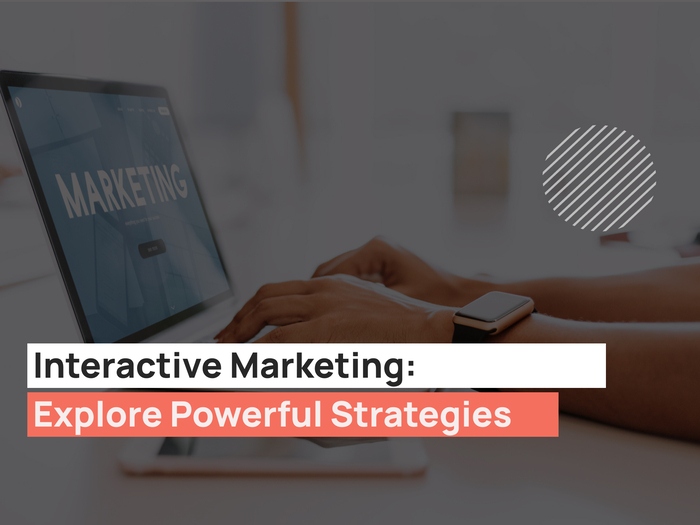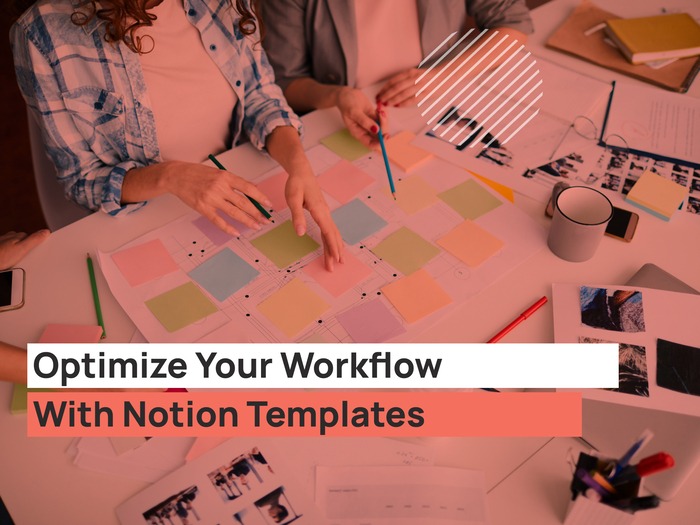Ready to redesign your website but don’t know where to start? You have come to the right place! The first step in any website redesign process should be creating a Request for Proposal Template (RFP). While writing a request for proposal may seem simple, you want to ensure you spend the time to write a really great bid proposal because the RFP is how you create an amazing new website, and find the perfect digital agency partner that will share your goals and work alongside you to create it.
If you don’t spend the time to write a clear RFP where your specifications are not clear or the project is not properly outlined, the lack of clarity could leave you with a varying set of proposals that are difficult to compare. You will end up wasting time reading responses from under-qualified firms, potentially leading to ballooning budgets and unmet deadlines. Lacking a structured and focused plan wreaks havoc on a website design project.
While important, RFPs don’t have to be boring. The Request for Proposal is one of the most popular ways to get bids on your project, so make it fun! After all, it is your business you are talking about! At UPQODE, we love helping clients write great RFPs, so we have crafted a guide on how to write a request for proposal where we help you get back to the basics. Our RFP samples and planning templates will show you exactly what you need to do to receive a set of innovative proposals that will set your website apart from the competition.
How to Start Your Request for Proposal Template Planning Process

Photo by You X Ventures on Unsplash
You know you want a new website design and you know you have to write a great RFP to showcase your needs to potential vendors but you don’t know where to start. The RFP is all about being focused, self-aware and straightforward. At UPQODE, we see the best RFPs come from clients who have thoughtfully executed a handful of internal exercises before sitting down to write their RFP.
Outline Your Goals for Your New Website
Seems easy; but really think about what your ideal website will do and build a wish list. First, what is the most important feature you want for a new website?
- Sell products?
- Become a go-to resource for your industry?
- Inspire and educate prospective customers about your product/s?
- Lead generation tool for your sales team?
Move from here and don’t worry about being too practical during this exercise. Shoot for the moon and prioritize later.
Honestly Evaluate Your Current Website
You know your current website isn’t working but do you know all the reasons why? You want to be concise and informative in your RFP because simply noting your website is not working is not going to get you the quality project proposals from vendors you are expecting.
- Do you have Google Analytics or another behavior analytics software you can provide?
- Is your aesthetic in need of a much needed refresh but no one at your company knows how to update content or design?
- Do you need to change to a new Content Management System so you have more control over future updates?
- Are you not seeing the traffic or conversions you want?
- Is your site map cluttered?
Be specific and transparent about what is not working on your current site and brainstorm what your KPIs or metrics are for the new website
Prioritize Your Core Functionality Requirements
This is essential for your RFP because it will not only determine the type of vendor you look for, but also is instrumental to helping both you and your potential vendor determine your project scope.
It is highly recommended that you work with any technical members of your organization that work with your website during this exercise. They will understand some of the more technical features of your current website, what is not working well and will be helpful in brainstorming from a more technical perspective.
If you are interested in having your potential vendor break down the technical piece for you, use this session to expand on your goals for your new website design and think about what functionality or features you need to achieve those goals.
Figure out Your Budget
Simply put, understand what you can and want to spend on a new website design. The RFP will have you expand on this, but before you start writing you should have an idea of the number or range for which you are comfortable.
Keep Track of All Questions
These exercises will bring up a lot of questions you will have for potential vendors when they respond to your RFP. Keep track of all of the questions that come up! They will be very helpful in not only determining your selection criteria but also for ensuring you have a bank of questions to ask during your introductory consultations.
How to Structure Your Request for Proposal
- Project Overview
- Company Background
- Project Timeline and Milestones
- Goals and Objectives
- Functionality Requirements
- Project Scope
- Budget
- Selection Criteria
Project Overview
Engage your potential vendor in the first paragraph. Get to the point and let them know who you are and why you are submitting this proposal. Give a short introduction to your company and what you hope to accomplish through this project.
Be short and concise to include the vital information potential vendors will need when reviewing your RFP. While you are ultimately evaluating the vendor, each potential vendor is using this paragraph to make an initial decision on whether the project is worth their time. Getting this part right, means potential vendors will read your full RFP and respond with a detailed and relevant proposal.
Pro Tip: This is your project’s elevator pitch. It allows the potential vendor to get to know your company and understand in short summary the goals you are hoping to achieve.
Company Background
You introduced your company above, now it is time to give your potential vendors a little bit more depth. Provide a brief, emphasis on brief, history of your company, the industry you operate in and who your typical customers or audience are. Also inform them a little bit about who they are communicating with through the proposal. Are you a Director of Marketing or a Company Founder. This section should provide everything the reader needs to know about who you are and what you do.
Pro Tip: You do not want to overwhelm potential vendors with unnecessary history. Include enough information so that those who have never heard of you will get a sense of your business.
Project Timeline and Milestones
You want to establish all benchmarks and deadlines as clearly as possible so you only receive proposals from potential vendors who can meet your launch date and stay on budget. This is your opportunity to ensure the potential vendor understands your go-live date and any other dates you have in mind for this project.
Pro Tip: Be honest about your timelines and stick firm to your dates. Your potential vendor can only provide you a project proposal that matches your timeline if they know your requirements. This timeline also helps you stay firm with any vendor who tries to add additional work onto the end of your project.
Goals and Objectives
You know what success looks for your business because you know the problems you and your users face. Clearly focus on problem recognition in this section. Start with one or two sentences on what you want to accomplish with your new website design and then expand from there.
Prioritize your goals and be specific about what is not working on your current site because the only way you will see innovative ideas on how to achieve your goals is to be honest about what you want and what you do not want.
Pro Tip: Be honest and clear about what you want and what you do not want. Only through clear goals and objectives will you start to review proposals with truly creative solutions that exceed your expectations.
Project Scope
When you start working on this part of the RFP, you will want to be able to share with your prospective vendor the specific services for which your project will entail. As projects differ in scope, so will deliverables. Helping your vendor understand everything you want and need will ensure your project is completed on time and on budget. Examples of what you might see from different digital vendors include:
- Site migration plan
- Sitemap development and site planning
- Creative design services
- Project Management
- Frontend Development
- Backend Development
- UI/UX
- Content Management System Expertise
If you are unclear about the project scope, or need help defining it, do not worry! Use this section to specify your expectations by requesting a discovery phase with the vendor. You will want to ensure you outline the minimum requirements such as number of meetings, or research that will be shared as well as what you expect the vendor team to learn during the discovery phase.
Pro Tip: Work with a cross-functional team of stakeholders at your company to develop your project scope. Working with all departments that touch web services will ensure your project does not require surprise out of scope work, delaying the launch date and adding unexpected costs
Functionality Requirements
This section will probably be the most detailed section of your bid proposal because it is where you will share with your vendor all the specific technical requirements your website must have to be effective for your business. Examples of technical functionality your web designer will inquire about include:
- E-commerce Solutions and Integrations
- Mobile-friendly design
- CRM Integration
- Auto-generated sitemap
- Third-party integrations
- Email marketing system integrations
Pro Tip: Do not worry if you do not have all the answers! Whatever you do provide will help your vendor engage in a more in-depth conversation during your initial consultation and even provide suggestions.
Budget
Yes, your bid proposal should include a budget! This will save you time and ensure you only receive proposals from vendors that are in your price range. It is also a great way to test the creativity of your prospective vendor. By giving your budget in your request for proposal vendors will be able to show you ways to customize your functionality to make your goals work with your budget.
Transparency will work in your favor in this process. If you are unsure what your exact budget is, provide a range to your vendor so they can understand what monetary restraints exist. This will stop vendors from coming to you with great ideas you love for your website design project but are out of your price range. However, a good design firm will engage in further conversation around your scope, functionality and budget before passing on your project. They might even be able to lower the cost if they know your budget.
If your scope and functionality include additional services outside of website design, such as ongoing maintenance and support or SEO make sure you include sections of the budget to record those additional services.
Pro Tip: Being transparent pays off and gives you an advantage in this process by allowing you to compare vendors based on how much they are able to provide inside your budget range.
Selection Criteria
Another area where transparency pays off is letting your potential vendors know how you will be evaluating their project proposal. In this section, you simply want to outline to the vendor what criteria you will be using to make your final selection. Examples you might want to include are agency expertise, capabilities, portfolio, relevant projects, in-house services, etc
Pro Tip: Do you research on different vendors using this criteria. You don’t want to send RFPs or bid proposals to design firms that cannot meet your selection criteria. Websites like Clutch.co, Awwwards and Good Firms all have filters to help you find the best firms for your needs.
Proposal Requirements:
This is where you tell your potential vendor what you are looking for in their response to your RFP. Make sure you provide a detailed list of all of the requirements you are looking for in their response so you continue achieving your goal of reviewing comparable proposals that match your project and your needs. Examples of items you might want to ask for include:
- Overview of their company
- Overview of how they will meet your objectives
- Scope of their work (research, design, development, post-launch errors correction etc.)
- Explanation of their proposed platform/CMS
- Outline of their website design & development strategy
- Proposed website timeline from kickoff to launch
- Details about their team
- Recent design & development examples
- Any key differentiators about them?
- Pricing with optional elements line-itemed
- Terms & conditions
Download Free Request for Proposal Template



